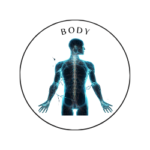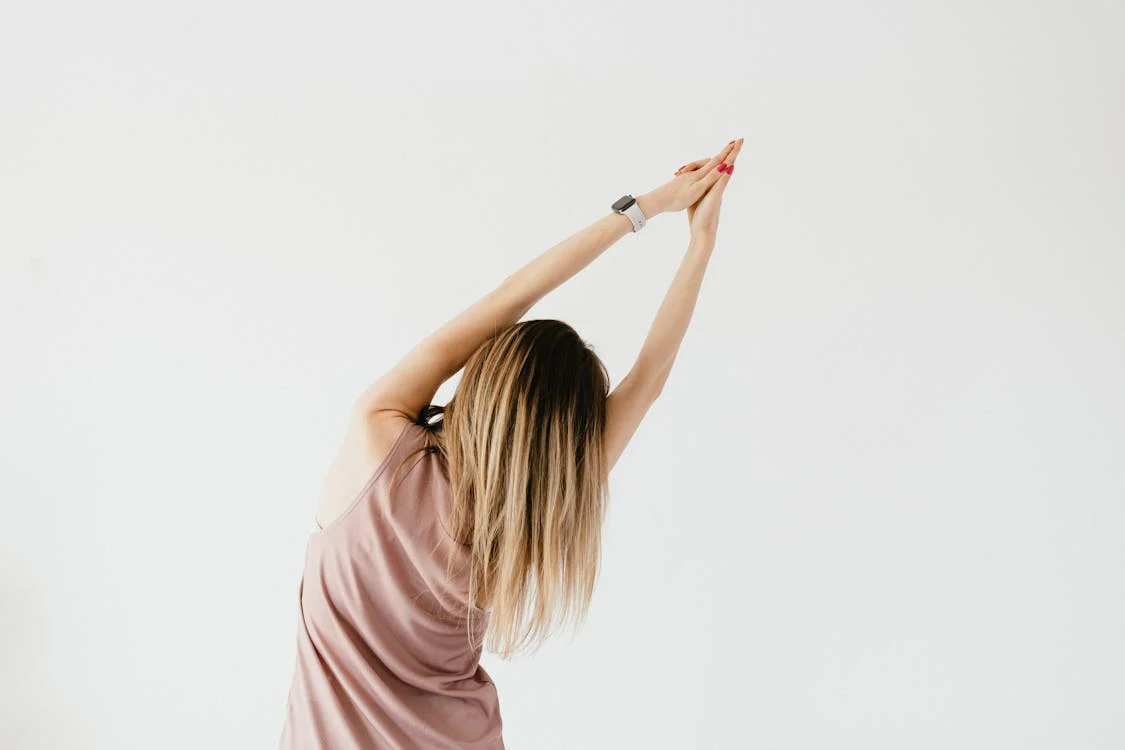 Mind
Mind
- Digital and Modern Well-being
- Mental Health and Emotional Well-being
- Mind-Body Connection and Holistic Health
- Parenting and Family
- Personal Growth and Development
- Relationships and Social Well-being
- Stress and Relaxation
- Therapeutic and Creative Practices
- Trauma and Recovery
- Work, Productivity, and Discipline
 Body
Body
 Fitness
Fitness
 Food
Food
 Beauty
Beauty
Benefits of Pilates

The Transformative Power of Pilates: Strength, Flexibility, and Mindful Movement
Pilates is more than just an exercise routine—it’s a mindful approach to movement that strengthens the body, enhances flexibility, and improves overall well-being. Whether you’re a seasoned athlete, someone recovering from an injury, or a beginner looking for a low-impact way to stay fit, Pilates offers a pathway to better health through controlled, deliberate motion.
A Brief History and Why It Matters
Developed in the early 20th century by Joseph Pilates, this method was initially designed to help rehabilitate injured soldiers and later became a staple for dancers seeking improved strength and flexibility. Over the decades, Pilates has evolved into a widely accessible fitness practice that caters to all body types and skill levels. It emphasises core strength, alignment, and mindful breathing, making it an excellent choice for those looking to build endurance without the strain of high-impact workouts.
The Core Principles of Pilates
Pilates revolves around a set of fundamental principles that guide each movement:
Breath – Coordinating breath with movement promotes efficiency and relaxation.
Concentration – A mindful approach ensures each exercise is performed with precision.
Control – Every motion is intentional, preventing injury and maximising benefits.
Centering – Strengthening the core (often referred to as the “powerhouse”) is central to Pilates practice.
Precision – Small, controlled movements make a significant impact.
Flow – Exercises are designed to transition smoothly, promoting grace and coordination.
Types of Pilates and Their Benefits
Pilates can be practiced in two main forms: Mat Pilates and Reformer Pilates.
Mat Pilates
This style uses body weight and minimal equipment, such as resistance bands or small weights. It focuses on:
Core strengthening
Flexibility
Posture improvement
Injury prevention
Reformer Pilates
This version involves a machine called a reformer, which uses springs and pulleys to create resistance. It provides:
Greater muscle engagement
Support for those with mobility issues
Customisable resistance for different fitness levels
A full-body workout with a focus on alignment
Who Can Benefit from Pilates?
One of Pilates’ greatest strengths is its inclusivity. It’s ideal for:
Beginners – The low-impact nature makes it accessible for those new to fitness.
Athletes – Enhances performance by improving flexibility, balance, and coordination.
Seniors – Gentle yet effective in maintaining mobility and strength.
Post-injury Recovery – Recommended by physiotherapists for safe rehabilitation.
Pregnant Women – Strengthens core muscles, aiding in posture and delivery.
What to Expect in a Pilates Session
A typical Pilates session lasts between 45 to 60 minutes, with exercises focusing on controlled movements. If you opt for a class, whether in a studio or online, expect:
A warm-up to activate muscles
A series of core-focused movements, including leg lifts, roll-ups, and planks
Gentle stretching to improve flexibility and reduce muscle tension
Guidance on posture and breathing techniques
Accessibility and Pricing
Pilates is widely available in gyms, private studios, and online platforms. Pricing varies depending on location and class type:
Mat Pilates classes typically cost between £10-£20 ($12-$25) per session.
Reformer Pilates classes are more expensive, ranging from £25-£50 ($30-$60) per session due to specialised equipment and smaller class sizes.
Online classes offer budget-friendly options, with subscriptions available for as little as £8 ($10) per month.
Tips for Getting Started
Wear comfortable, form-fitting clothing to allow full range of motion.
Start with a beginner class to learn fundamental techniques.
Focus on form over speed—proper alignment ensures the best results.
Practice consistency—even two to three sessions a week can yield noticeable improvements.
Final Thoughts
Pilates is more than just a fitness trend—it’s a holistic approach to movement that strengthens the body, enhances flexibility, and fosters mental clarity. Whether you practice at home or in a studio, incorporating Pilates into your routine can lead to a healthier, more balanced lifestyle. Ready to give it a try? Find a class near you or start with an online tutorial today!
